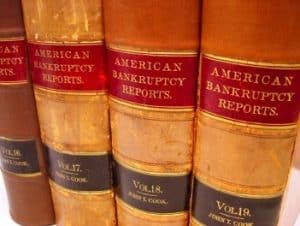
Keeping assets during a bankruptcy is dependent on how much you owe for them, how much they are worth, and also the type of bankruptcy you are planning to file for bankruptcy to keep house. The most common bankruptcy is a Chapter 7, and generally people file for this kind of bankruptcy because they do not have a sufficient amount of disposable income to make regular payments on their bills. Because of this lack of disposable income, creditors will come and try to sell off your assets to pay back debts that you owe them. This can include your possessions, your house, your car, and other things. They aren’t however able to take away all property. Some of these properties are protected based on how much they are worth. Every amount that is exempt varies depending on which state you live in, but a good rule of thumb is to know that anything that has an equity lower than the exemption can’t be taken away.
In a Chapter 13 bankruptcy you will be able to keep your house. It is different for a Chapter 7 bankruptcy, each bankruptcy has its own advantages and merits. If you own a house and you are running behind on your payments it is highly suggested that you go with a Chapter 13 bankruptcy and be honest about ALL of the debts that you owe. After you’ve done that you will want to keep your monthly payments as low as possible each month even if it means having a full-term plan (which is about 5 years). A lower payment shows the court that you will be able to make your payment. While these are general things to consider, you will definitely want to meet with an experienced attorney who knows your financial situation to be able to best tell you how you can keep your house and have a successful bankruptcy.